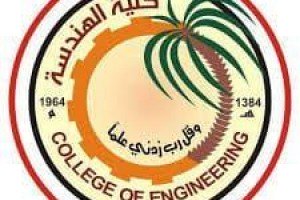a PhD thesis in the College of Engineering at the University of Basrah discussing (Simulating the performance of the bio-tube technology using physical and numerical models) The thesis presented by the student, Haider Muhammad Jassim, dealt with the study of the physical model, which is an experimental station that was built and installed at the site of the Barakiya treatment plant. Wastewater in Najaf city in central Iraq in order to maintain the continuity of water flow Sewage. The experimental station consists of the biopipeline, flow tank, aeration system (ventura air injector), final sedimentation tank, as well as pumps, flow meters, pressure gauges, and valves. While the numerical model called “BPSM” is a one-dimensional model It depends on an equation Loading and spreading with inclusion of activated sludge model number 3 (ASM3) to simulate transformation processes Microbiological events occurring in the biotube. When developing the numerical model, the type of flow within was considered The pipe is two-phase (drainage and air) under pressure. The thesis aims to study the performance of this system in treating municipal wastewater by developing physical and numerical models for it. The thesis concluded that the recycling of activated sludge is necessary to increase the efficiency of the system, the efficiency of the requirement removal The chemical concentration of oxygen increases with an increase in the hydraulic residence time and a decrease in the length/diameter ratio, The required length of the biotube decreases with an increase in its diameter at specific values of the chemical oxygen demand and recirculation ratio,




